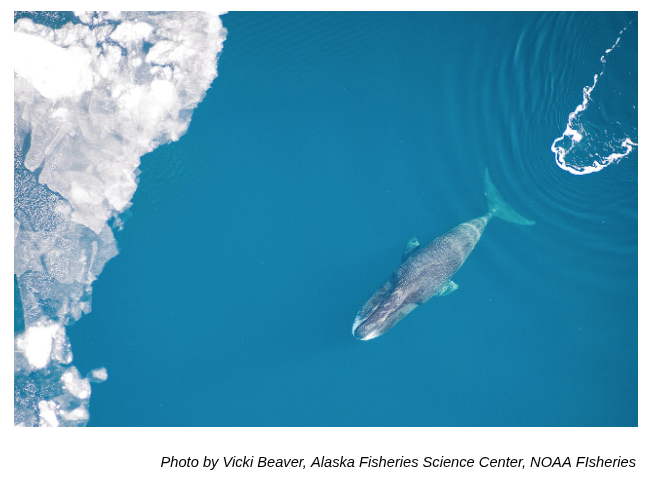
An Innovation Lesson from Thomas Edison
By Mike Rainone
Thomas Edison famously said, “Genius is 1 percent inspiration, 99 percent perspiration.” The same is true for innovation, because innovation is simply genius applied to the world’s problems.
This quote is more than a pithy saying you might hear from a motivational speaker. It’s part of the foundational mindset necessary to be a successful innovator. To get the most value from Edison’s genius ratio, you need to dig beyond the surface.
1% Inspiration
Let’s start with the 1% inspiration. Sometimes people speak of inspiration like being struck by lightning. A great idea suddenly comes to them or clicks on like a lightbulb. However, rarely does lightning strike the same spot twice. Instead of waiting around for the spontaneous generation of an idea, a true innovator seeks out their own inspiration.
Anyone can stumble upon a single great idea. That is luck. Repeatable, consistent inspiration is far more difficult—and valuable. That is skill.
So, how do you find your next great idea? To answer that, we must first answer a different question: Where does inspiration come from? Entire books could be written answering this question, but I will condense it down to a single sentence:
Inspiration is the intersection of curiosity and empathy.
In its simplest form, innovation is the solving of problems. Solving a problem is only possible when you first recognize the problem. In some cases, the problem you seek to solve may be a problem you experience yourself. In the vast majority of cases, though, that will not be true. Recognizing the problem thus requires empathizing with those experiencing it.
Curiosity makes us ask, “Why?” and “How?” Empathy pushes those questions a step further: “Why do people have to do that?” and “How can we do it better?”
A great example of the power of empathy and curiosity is the washing machine. Before the washing machine, laundering was a painstaking process. First you had to fetch and carry the water, often by hand. Then you had to boil the water and pour it into tubs. Next you soaked and scrubbed, beating the laundry using rocks, paddles, or washboards. Then you had to rinse, wring, and dry. It was an all-day affair of backbreaking, hand-scarring work, primarily completed by women.
Fortunately, starting as early as the seventeenth century, innovators looked at that work and thought, That is horrifying. What can we do to fix that? The inventors who helped develop the washing machine did not do laundry themselves, but they had empathy for the suffering of those who did and curiosity about other potential methods.
Sometimes, inspiration will strike unexpectedly, but remember: those who seek inspiration are far more likely to find it.
99% Perspiration
Inspiration is exhilarating. For most of us, it is probably what got us into innovation in the first place. You cannot innovate without initial inspiration. However, inspiration is useless on its own. It is like a shiny watch that does not keep time. Perspiration is what makes the watch tick. It is what separates dreamers from innovators, and it is the single most important factor in your success or failure.
This is not some closely guarded secret. Everyone knows that hard work is required to succeed. The secret, which I’ve learned after decades of doing this work, is this:
Innovation never stops being difficult.
It doesn’t matter how much experience you have. Even if you have successfully innovated 1,000 times, that 1,001st time will still be a challenge. There will be unforeseen costs, humbling delays and missed timelines, and unexpected roadblocks and potholes. The effort to bring a product to market is terrifyingly difficult, impossible to predict, and can take you to the edge of psychological ruin. How fun. Hopefully you’re a masochist!
To innovate, you must be prepared to sweat (and possibly bleed and cry too).
I do not say all of this to scare you away. The exact opposite, in fact. If you set out to climb Mount Everest expecting it to be a hard two-day hike, then you will be sorely disappointed—and woefully unprepared—when you discover it actually takes two months. When you embark upon innovation knowing perspiration is required, then you are more likely to persist instead of quit when difficulties arise.
In fact, I would argue that Edison seriously underestimated the inspiration-perspiration ratio in many cases. In my experience, particularly since the rise of the Internet of Things, which requires every new innovation to have no less than a billion sensors, the ratio is more like 0.01 percent inspiration and 99.99 percent perspiration. So expect a long journey, with twists and turns.
A Process of Inspiration and Perspiration
While innovation never stops being difficult, it can get easier and more consistent—with a process. By having a process and structure for innovation, you can avoid dead ends and stay on track, making the most of your hard work. At PCDworks we’ve developed our own step-by-step, multifaceted process of perspiration that is designed to turn inspiration into successful innovation. Contact us to learn more.

